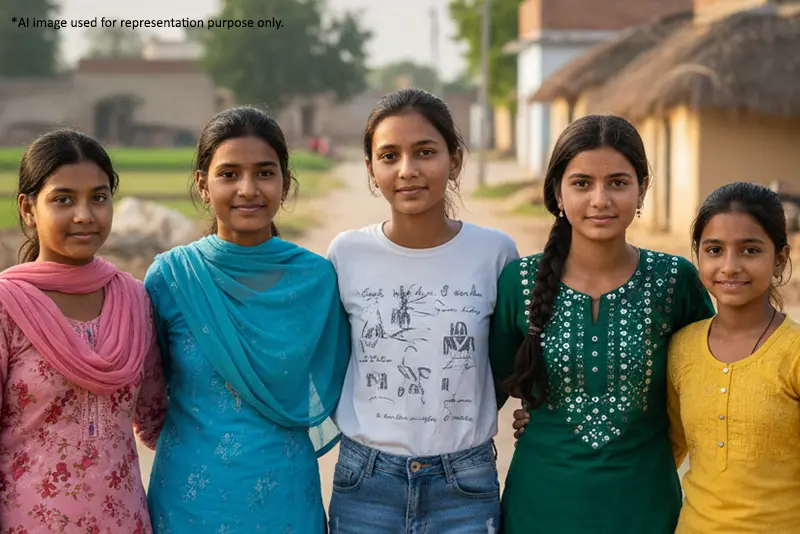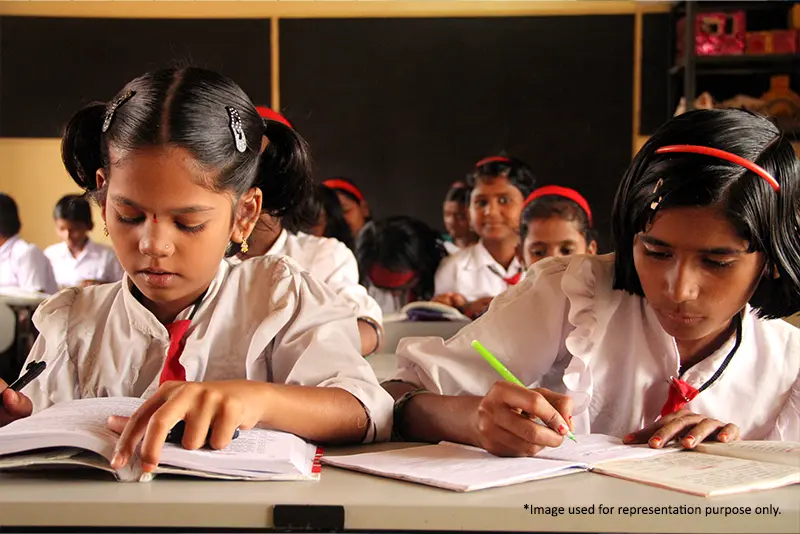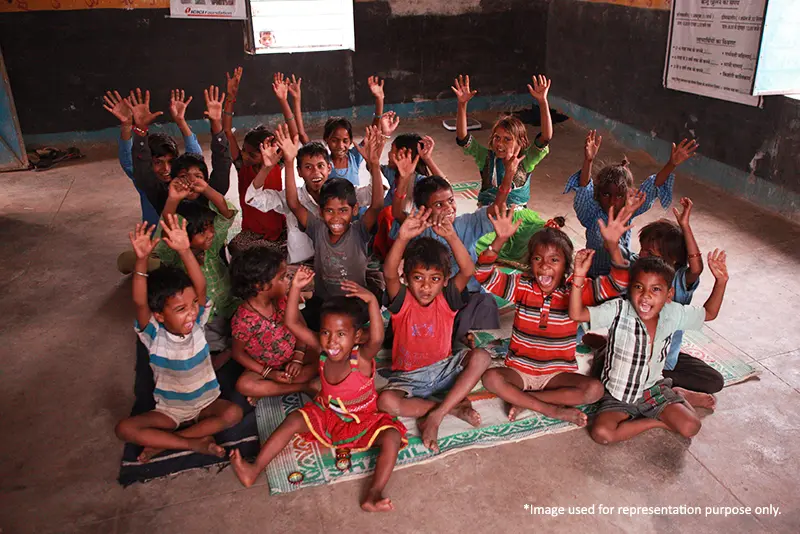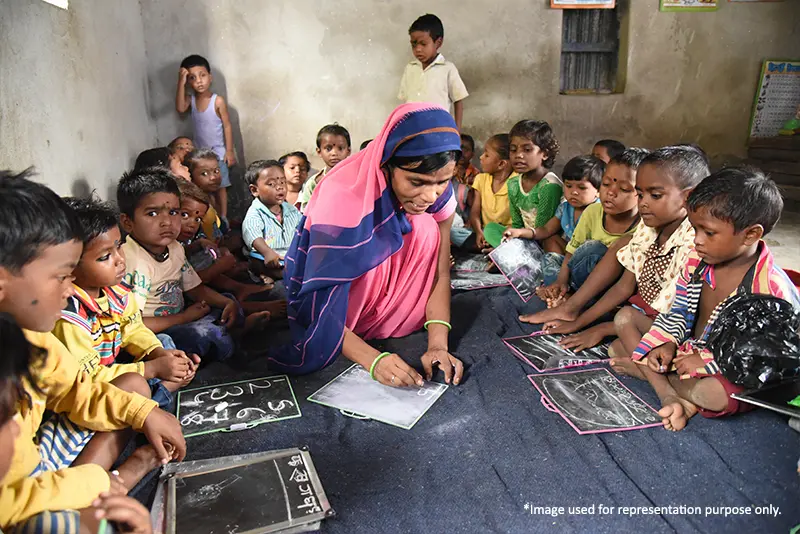
Girls rising from forced futures to free choices
Child marriage continues to threaten the dreams of millions of children in India, especially girls. Rooted in poverty, lack of awareness, and lon....
Read More
Every child deserves the chance to dream, learn, and grow in a safe and nurturing environment. However, for millions of children in the underserved communities, access to education, healthcare, and basic rights remains a distant dream. India has made significant progress in empowering children through the Right to Education Act of 2009, various heath and protection programs, but the journey is far from over.
This blog explores the importance of empowering children and the effective approaches we can adopt to create a tangible impact.
The importance of child empowerment
Children are the foundation of future generations. If they are born into poverty due to circumstances beyond their control, it’s not their fault. However, every child regardless of their socio-economic background possess the potential to break free from the infinite loop of poverty, creating a ripple effect that benefits families, communities, and even future generations.
All they need is an opportunity to access and reach their full potential to pursue their childhood dreams. Facilitating children's access to education, healthcare, and protection from exploitation, child labor, and child marriage can uplift them from marginal living conditions and give them a future filled with opportunities.
8 approaches to creating opportunities for underserved children
Access to quality education
Empowerment does not end with enrolling or re-enrolling first time learners and dropped out children in formal schooling, the journey begins there. Children require a 360-degree supportive learning environment to fully realize their potential. This includes creating a conducive environment with adequate infrastructure, trained teachers, and a curriculum tailored to their specific needs. Initiatives such as support classes, access to educational resources, and life skills sessions can further empower children to bridge their learning gaps.
Protection from early marriage
Early marriage often leads to interrupted education, poor health outcomes, and a loss of opportunities. Raising awareness among families through parental counseling, awareness drives, and the formation of children's groups to sensitize communities about the long-term consequences of child marriage can make a significant impact. Additionally, forming and strengthening local community stakeholders, such as Village Level Child Protection Committees (VLCPCs), can help address child marriage more effectively.
Protection from child labour
Low-income families often rely on child labour as a means of survival, which severely hinders schooling. To address this, it's essential to ensure sustainable income opportunities for daily wage earners through government programs and skill-based job opportunities. By improving family incomes, children can remain in school, protected from exploitation, and empowered to build a brighter future.
Promoting gender equality
From interrupted education to caring for siblings at home, and early marriages aimed at alleviating poverty, girls often spend their childhood doing chores instead of attending school. To break free from deep-rooted gender inequality, awareness campaigns, community dialogue sessions, and targeted interventions to shift mindsets are essential to creating safe spaces where girls can learn and shape their own childhood.
Skill based education for children
Equipping children and adolescents with practical skills prepares them for long-term, sustainable livelihoods. Skill development programs such as vocational training, STEM workshops, computer literacy, and language courses offer hands-on learning, boosting employability even without formal qualifications.
Encouraging sustainable livelihoods for parents
Children discontinue their education due to the low income of their families. To retain them in school and help them complete their education, empowering minority families with vocational and life skills, such as tailoring, driving, and carpentry, complemented by government programs, can make them self-reliant and financially independent.
Community engagement

Involving communities in valuing and safeguarding children's rights creates an environment where children can flourish. By engaging community members including parents, local leaders, and youth groups in the planning and execution of empowerment programs, a sense of ownership is fostered, ensuring that the interventions are culturally appropriate and effectively address the unique needs of the community.
Collaborating with charities
Charities act like the bridge for children to reach their fullest potential by facilitating access to good health, education, and protecting them from the harmful consequences of exploitations including child marriage and child labour. They work at the grassroot levels intervening directly to address the educational barriers through awareness drives, capacity building, and helping families to access government programs.
Role of CRY UK in empowering children

CRY UK empowering futures of the next generation
Here’s the journey of a courageous girl from Jharkhand who, with CRY UK’s support, successfully prevented her marriage and continued her education, despite facing many challenges.
Read full story: Mehrunissa’s journey from chores to classrooms
Conclusion
India has come a long way in empowering children in underserved communities through government programs, community advocates, and charities like CRY UK. While significant progress has been made, the journey is far from over.
With continued support from individuals like you, we can empower underserved children. Your donation to CRY UK helps provide education, access to healthcare, and protection from early marriage and child labour, creating a brighter future for these children.
Donate now and empower children’s future filled with opportunities.